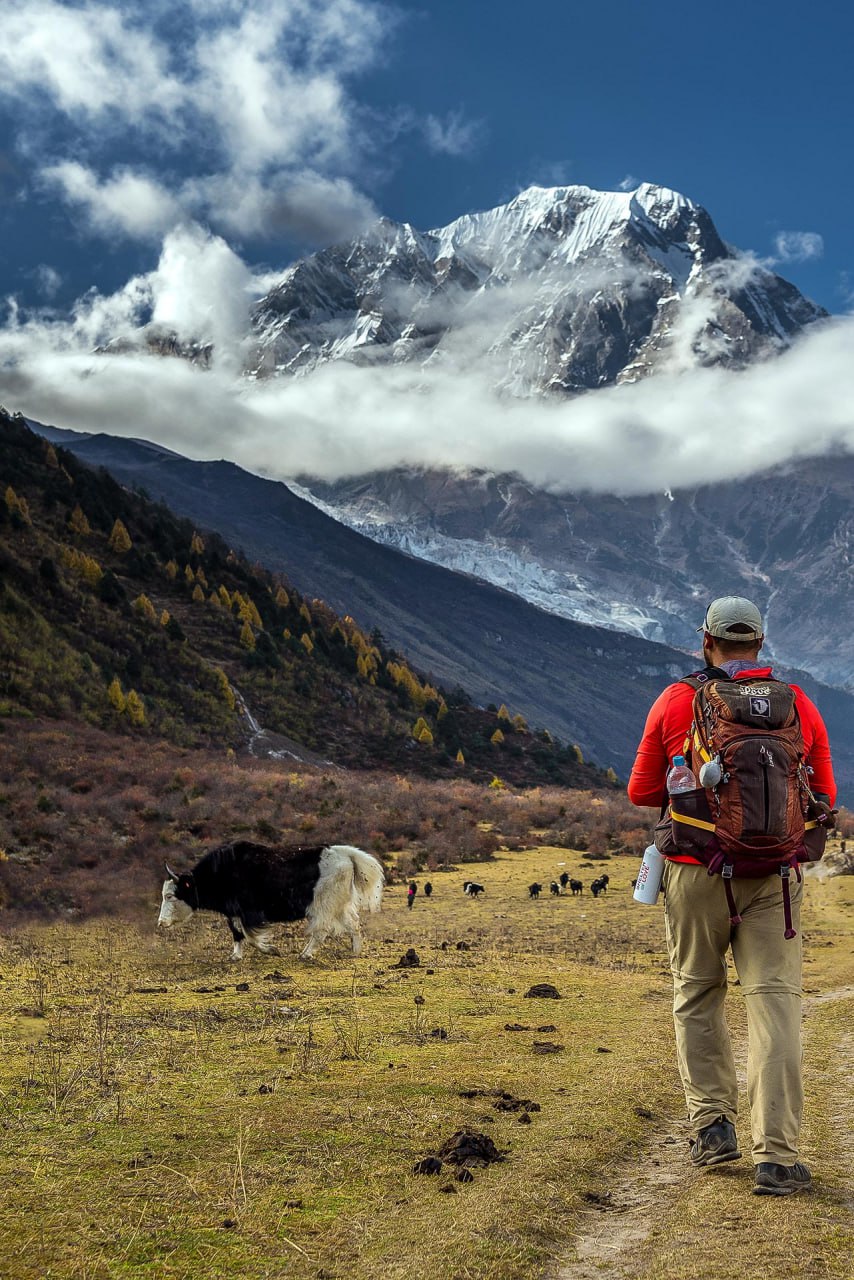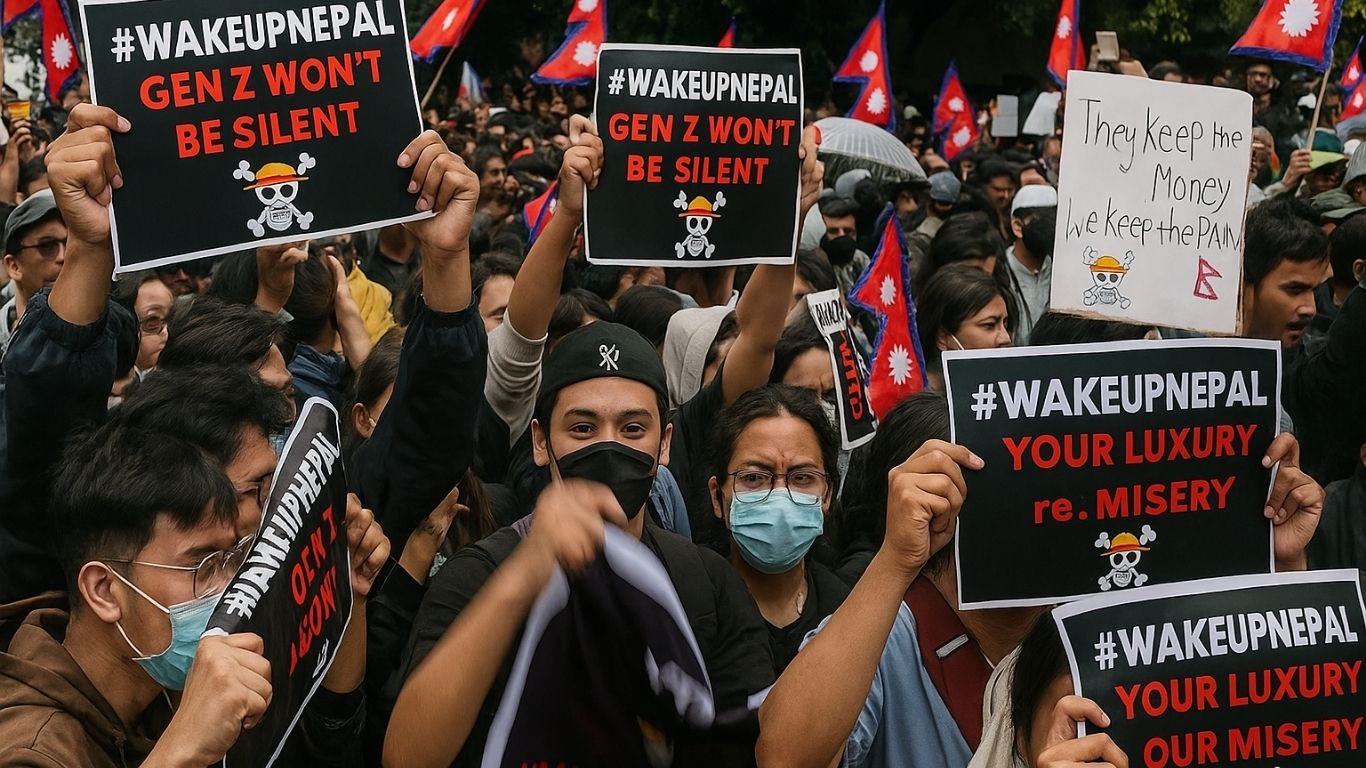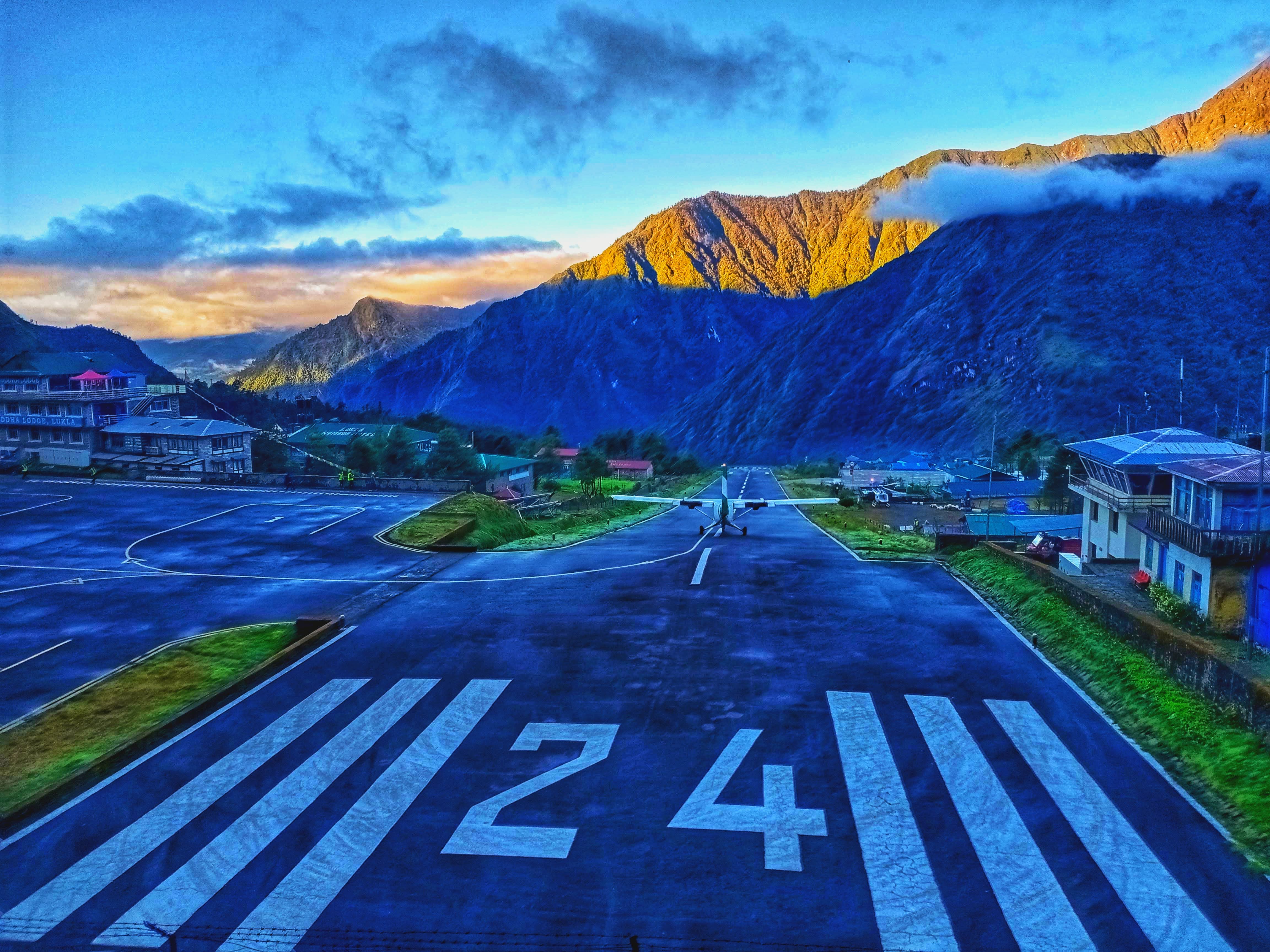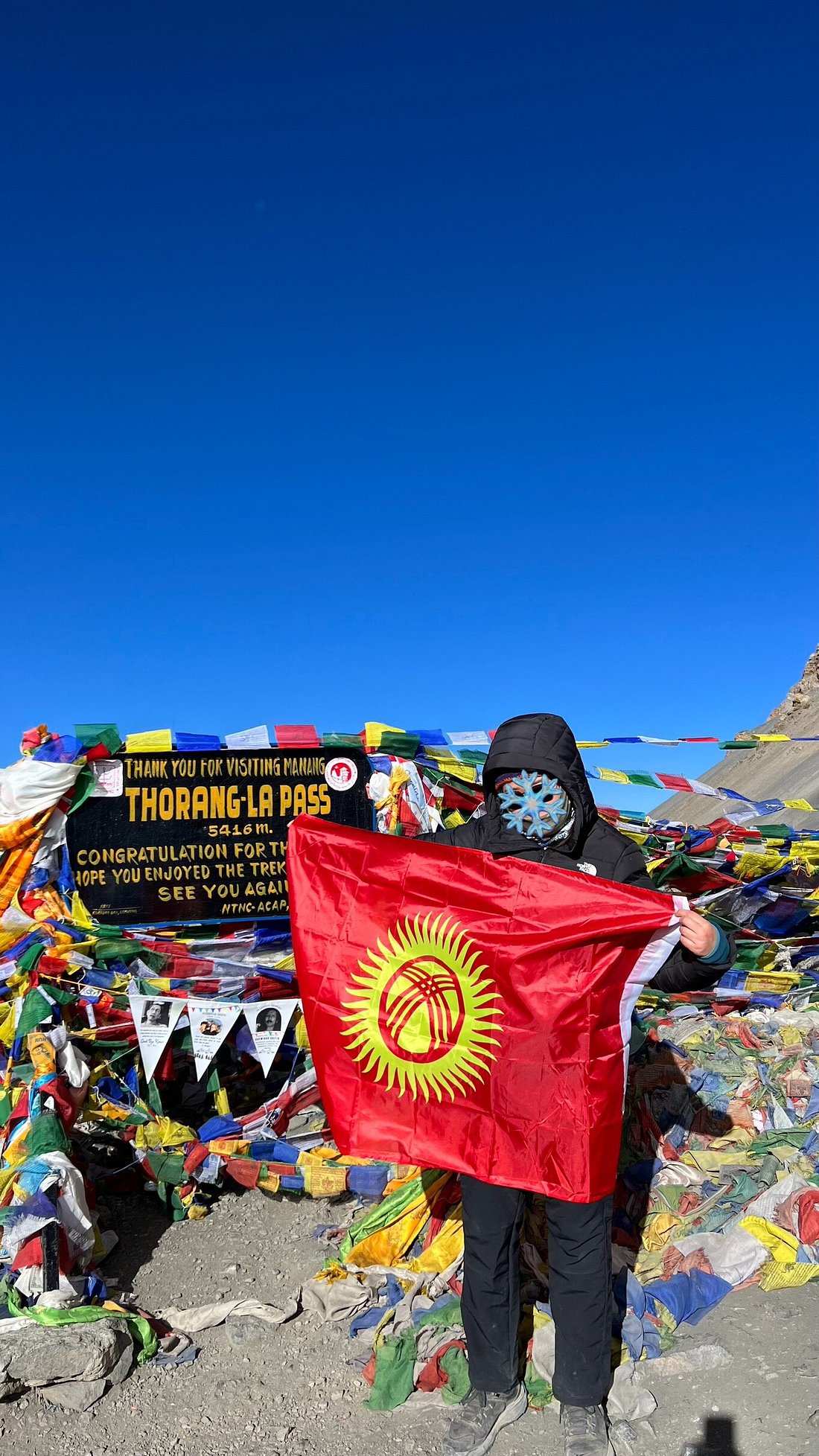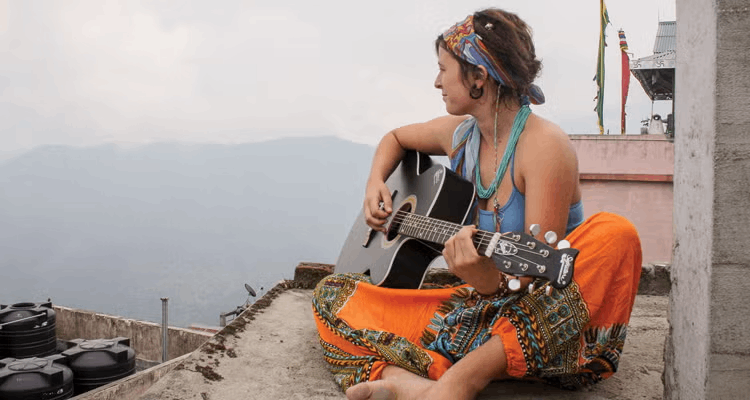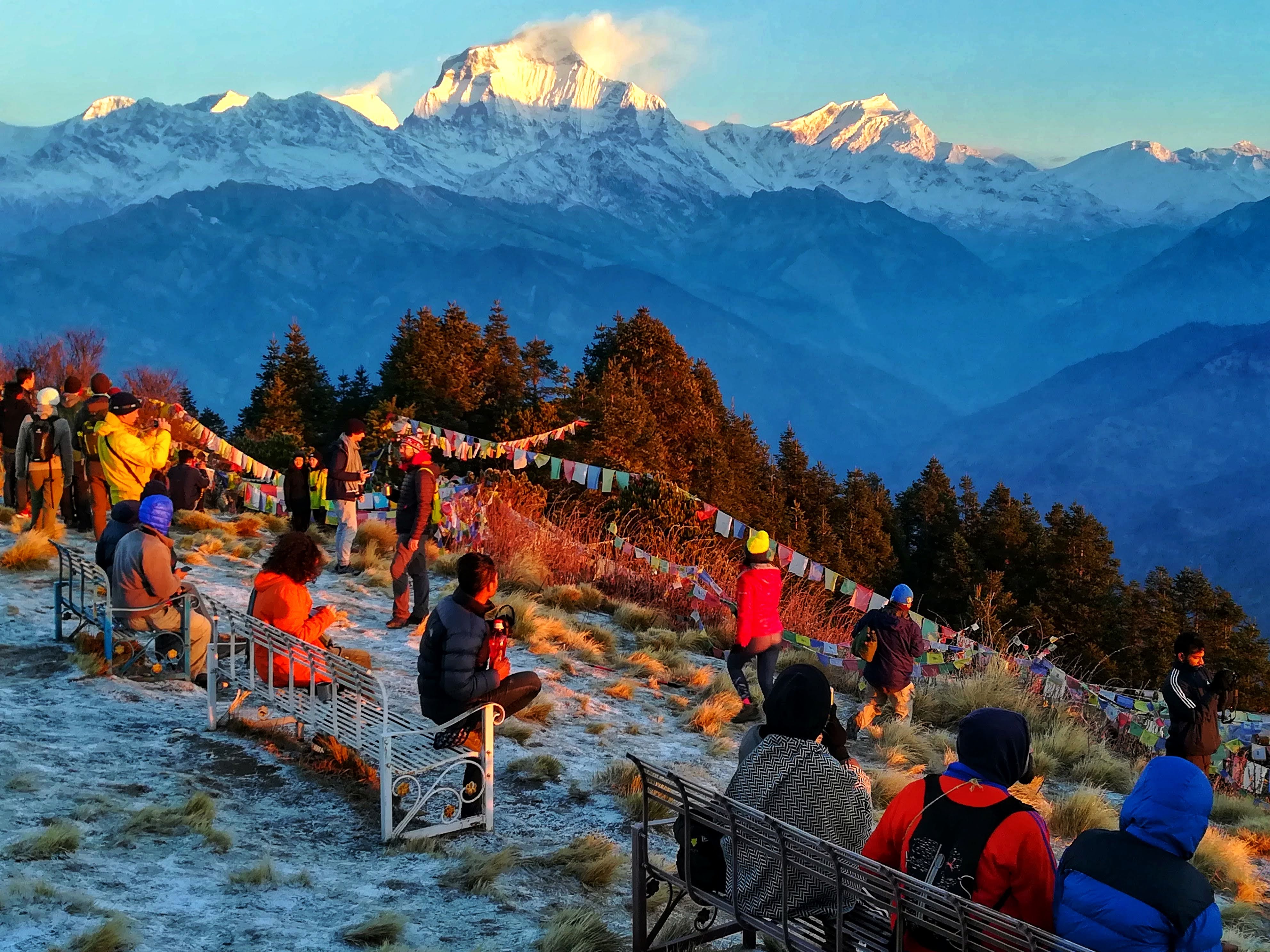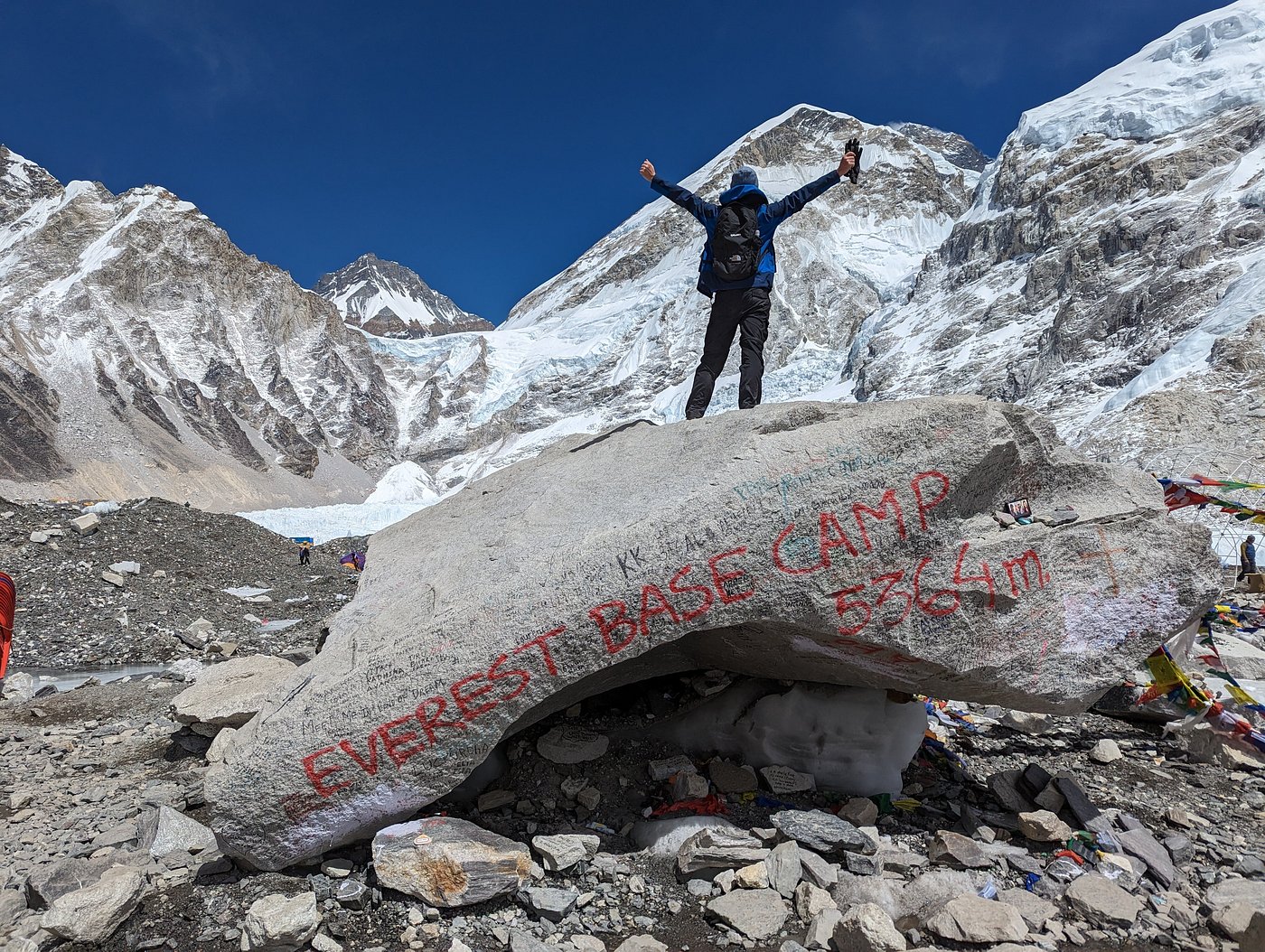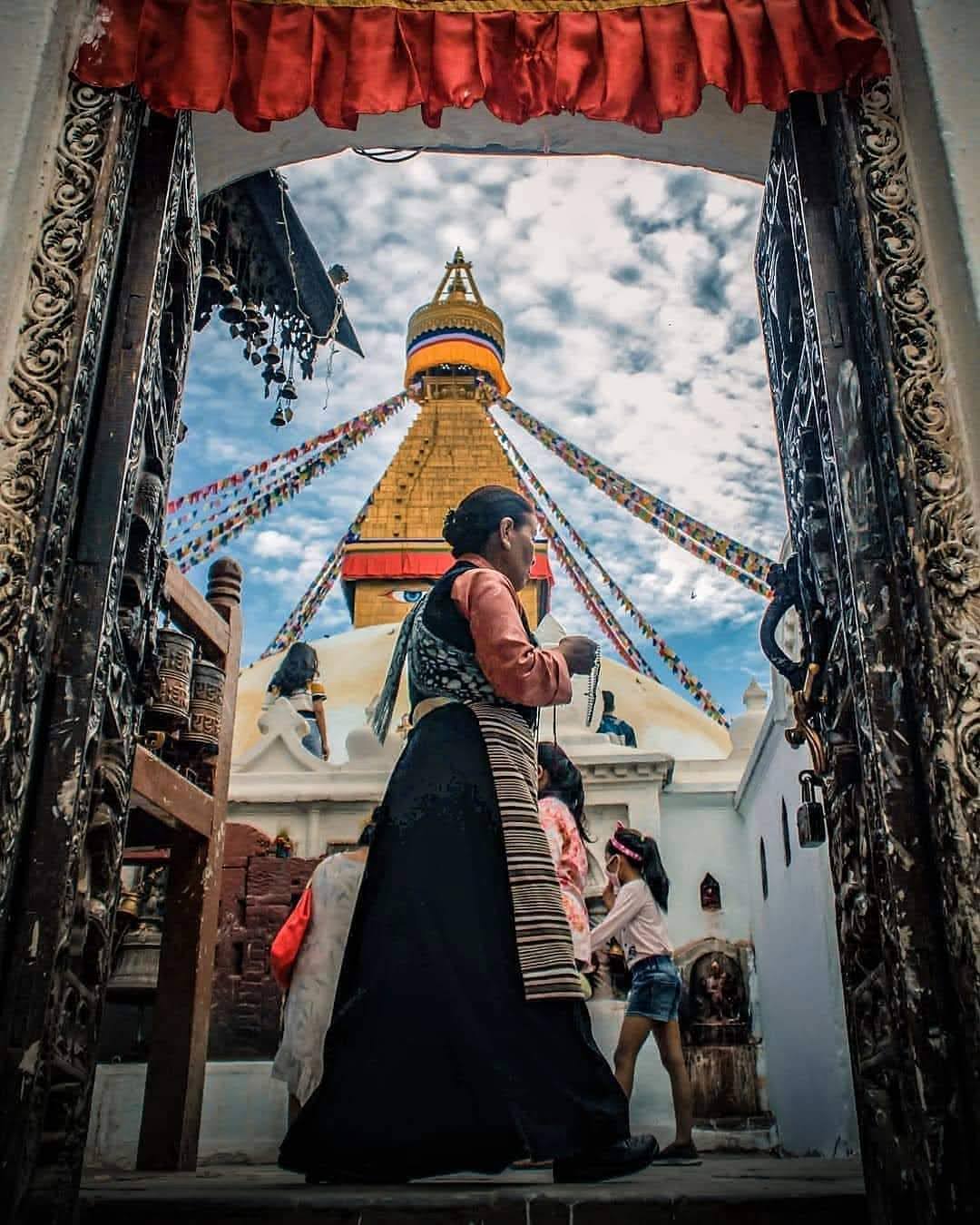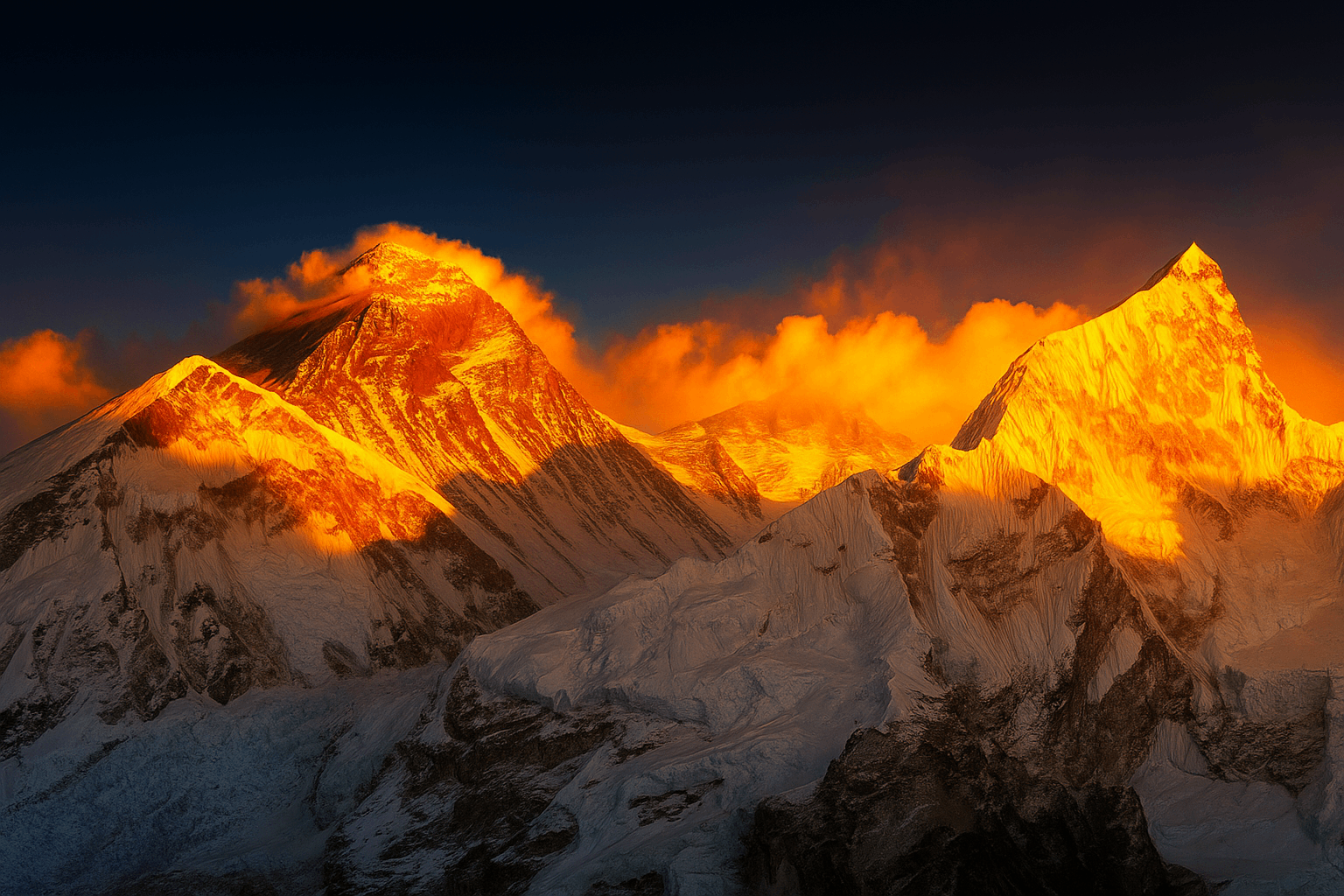
Sunrise at Kala Patthar: How to Capture the Perfect Himalayan Shot
10/09/2025
If you’ve ever dreamed of watching the first rays of
sunlight touch the tallest mountain on Earth, then Kala Patthar sunrise
should be on your bucket list. Standing at 5,545 meters, Kala Patthar offers
one of the most iconic viewpoints in the Everest region. From here, you get
jaw-dropping views of Mount Everest, Lhotse, Nuptse, and Pumori—something
that no photo on the internet can truly capture.
But here’s the exciting part: with the right planning,
timing, and photography tips, you can not only witness this breathtaking moment
but also capture it in a way that feels alive every time you look back.
Why Kala Patthar is the Best Sunrise Viewpoint
When it comes to photographing Mount Everest, Kala
Patthar easily beats Everest Base Camp. Why? Because while Everest Base Camp
lets you stand on the route of legends, it doesn’t actually give you a great
view of Everest itself. Kala Patthar, on the other hand, offers a panoramic
view that feels like a painting brought to life.
As the sun rises, the peaks of Everest, Lhotse, and
Nuptse glow in golden light while shadows dance across the Khumbu
Glacier. Unlike other viewpoints, you don’t just see Everest here—you feel
surrounded by the Himalayas. It’s this unique angle that makes sunrise at Kala
Patthar a dream shot for photographers worldwide.
Preparing for the Perfect Sunrise Shot
1. Best Season to Visit
Timing is everything. The best seasons for photographing sunrise at Kala Patthar are spring (March–May) and autumn (September–November). During these months, the skies are clear, the weather is stable, and the mountain peaks shine without the interference of heavy clouds. Winter can be too harsh and monsoon often hides the views.
2. Timing the Ascent
To catch the sunrise, you’ll need to start early. Usually around 3:30 to 4:00 a.m., depending on the season. The climb from Gorak Shep takes about two hours, and trust me, trekking in the cold darkness with your headlamp will feel worth it once you see the sun’s first light over Everest.
3. Essential Gear Checklist
Now, let’s talk about what you need:
1. Camera: A DSLR or mirrorless camera works best, but modern smartphones can still do wonders.
2. Lenses: A wide-angle lens (16–35mm) for landscapes and a zoom lens (70–200mm) for close shots.
3. Tripod: Helps stabilize shots in low light.
4. Filters: ND or polarizing filters for balance and color.
5. Extras: Spare batteries, memory cards, and lens cloths (batteries drain fast in freezing cold).
6. Clothing: Layer up with down jackets, gloves, and a warm hat—it can feel like -15 °C or colder before sunrise.
Photography Tips for Sunrise at Kala Patthar
1. Mastering Composition
The Himalayas don’t need much help looking dramatic, but a
little creativity goes a long way. Try framing Everest with prayer flags in the
foreground, or include silhouettes of trekkers to show scale. Use the “rule of
thirds” to balance the massive peaks with the glowing sky.
2. Dealing with Harsh Conditions
Cold weather can fog up your lens, so keep it covered until
you’re ready to shoot. Also, store spare batteries close to your body to
prevent them from draining too fast.
Beyond the Sunrise: Extra Shots Worth Taking
While the sunrise is the highlight, don’t stop there. Kala Patthar offers more photographic opportunities:
1. Night Sky Photography: If you hike a bit earlier, you can capture the Milky Way shining above Everest.
2. Panoramas: Use your wide lens to stitch together sweeping shots of the Himalayas.
3. Portraits: Frame trekkers against Everest—it’s a once-in-a-lifetime background.
Travel Tips for Photographers
1. Physical Preparation
Kala Patthar isn’t an easy hike. At over 5,500 meters,
altitude sickness is a real challenge. Make sure you acclimatize properly
during your Everest Base Camp trek. Drink plenty of water, rest when needed,
and don’t rush.
2. Hiring Guides and Porters
Carrying heavy camera gear at that altitude can feel
exhausting. Hiring a porter not only supports the local economy but also frees
you up to focus on capturing moments without being weighed down.
3. Responsible Photography
The Himalayas are fragile. Stay on the trails, respect
cultural sites like stupas and prayer flags, and leave no trace. A great photo
shouldn’t come at the cost of the environment.
Frequently Asked Questions
1. Is the Kala Patthar sunrise worth it?
Absolutely. If you’re trekking to Everest Base Camp, Kala Patthar offers the
best viewpoint of Everest itself.
2. How cold is it at Kala Patthar during sunrise?
Temperatures often drop to -10°C to -15°C, so dress in layers and keep your
hands warm.
3. Do I need a professional camera for great shots?
Not at all. While DSLRs capture more detail, many modern smartphones take
excellent sunrise photos if you know how to use them.
4. What’s the best month to photograph Everest from Kala
Patthar?
October and November are favorites for crystal-clear skies, though April and
May are equally stunning.
Conclusion
Watching the sunrise at Kala Patthar is more than just
another travel experience—it’s a moment that stays with you forever. The glow
of the first light on Everest, the cold crisp air, and the silence of the
Himalayas create a memory you’ll carry for life. And if you follow these
tips—choosing the right season, preparing your gear, and experimenting with
your shots—you’ll be able to capture that magic in a way that truly does
justice to the world’s highest mountains.
So, if you’re planning your trek to Everest Base Camp, don’t
miss Kala Patthar at sunrise. Wake up early, climb through the dark, and watch
as the Himalayas reveal their golden crown. You’ll come back not only with
stunning photos but also with a story worth telling for years.

